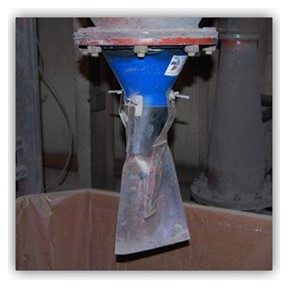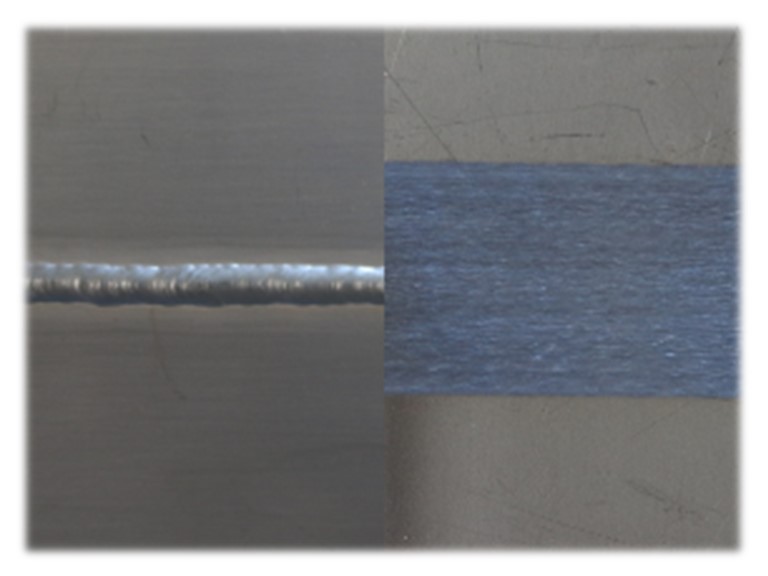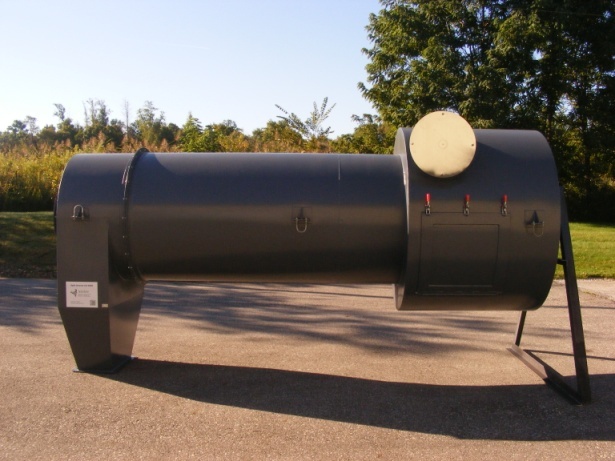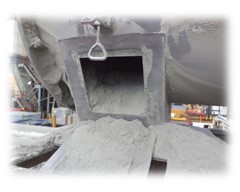Part 6: Scope of Supply
Cyclones do not stand alone in most applications. They require additional equipment for them to work. Depending on your application, equipment can include an airlock, exhaust fan, explosion protection, instrumentation, insulation, vibrator, and even ductwork. The cyclone can be purchased as a system with all the equipment required to operate or it can be purchased by itself and integrated into an existing system. The system is then put together by the end user or a 3rd party. Many times, the sum of the accessory equipment is greater than the cost of the cyclone. A brief description of the potential accessories and how they affect the cyclone is below.
- Airlock
An airlock is essential for the proper operation of a cyclone. It isolates the cyclone from the outside atmosphere. Without it, material will fly out the bottom or get re-entrained in the system. Airlocks could be a simple extended hopper (55 gallon drum), rotary valve, or specialized valves like the double dump valve or trickle valve. Special designed valves are available for quick cleaning applications and explosive applications. - Explosion Protection
Explosion Protection is a very important consideration for dust collectors as about 70% of dusts are explosive. The equipment that protects against explosions can add significant cost the cyclone. Explosion protection equipment such as explosion vents, isolation valves, chemical suppression, and isolation systems can all quickly increase the price of a cyclone. This equipment is required for explosive applications. - Exhaust fans
Exhaust fans are required on every dust collection system. They provide the motive force required to pull air through the system. When selecting the fan, be sure to take into account all ductwork and equipment. It is best to install the fan downstream of all dust collectors so that the most efficient impeller designs can be used. This will save money on operational costs. However, if the fan needs to be installed in high dust areas, there are impellers designed for these operations. - Instrumentation
Instrumentation for cyclones are rather simple compared to other dust collectors. The main instrumentation used on cyclones are differential pressure gages/transmitters and level switches for the hoppers. Explosive applications can have special instrumentation and some applications will monitor temperature and humidity for equipment downstream of the cyclone. But for most standard cyclone applications, differential pressure is the only recommended measurement. - Insulation, Heat Tracing, Steam Jacketing
Insulation, heat tracing, steam jacketing are required for special applications. These can add significant expense to the cyclone. Insulation and heat tracing can be done at the fabricator but usually are done onsite to prevent damage in shipping and installation. Steam jacketing must be done in the design and fabrication phase and can add significant cost to the cyclone. - Vibrators or Air Jets
Vibrators or air jets are used for applications where material bridges in the hopper. Vibrators can usually be installed after installation and will help keep the hopper from bridging up. Air jets blast air into the hopper, breaking up any bridging and letting material flow out of the airlock. It is best to have the connections for these to be included in the cyclone design and installed once on site.
In summation, cyclone design and costs are based on the size and construction required in your specific application. Special applications can require costly equipment and design changes that will increase the cyclone cost significantly. When selecting a cyclone for your application, be sure to include all the factors in to your cost estimate so you are can accurately determine your budget.
To learn more about which dust collector, please contact our experts at 440-543-7400 or visit our website: www.dustcollectorhq.com.
To improve efficiency and safety, there is no substitute for an on-site inspection by an experienced expert. Click below to start with a free 20-minute phone consultation by clicking the button.











